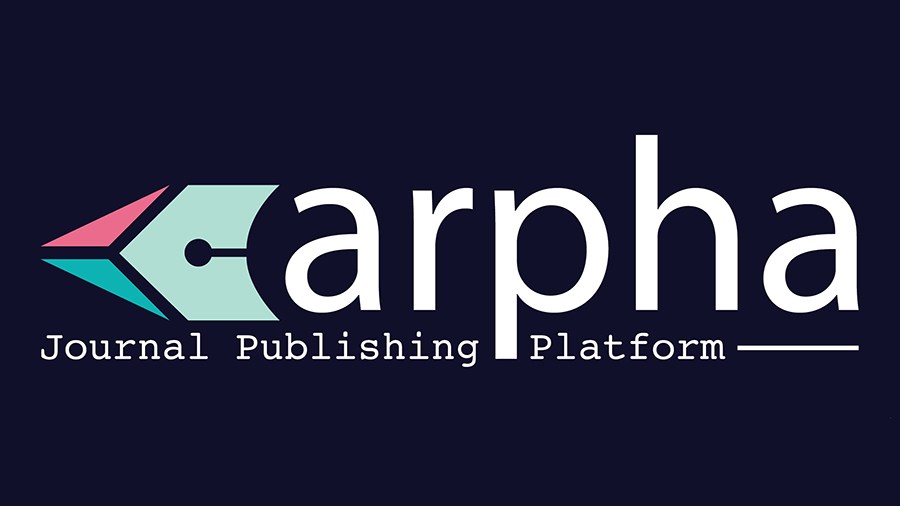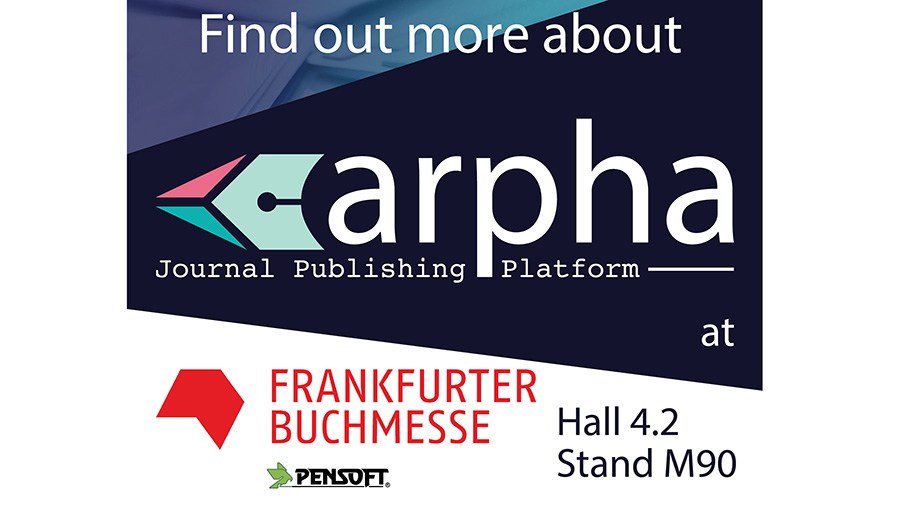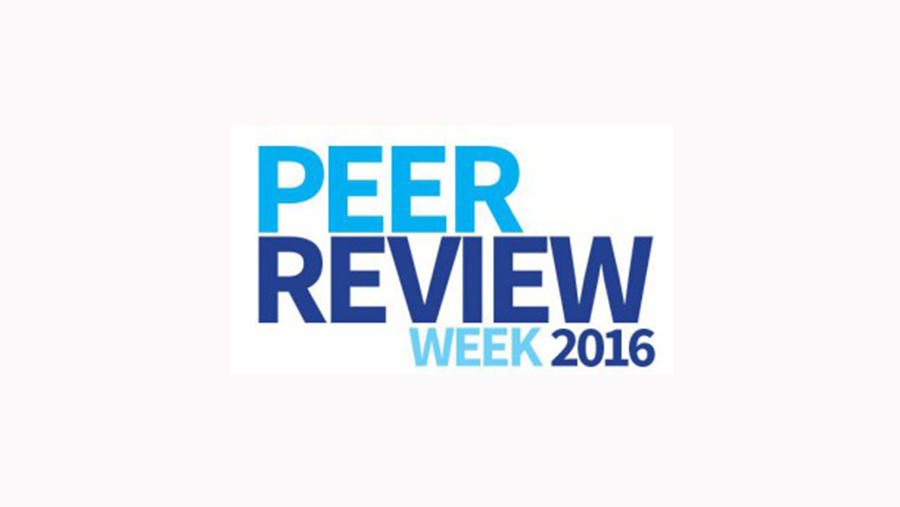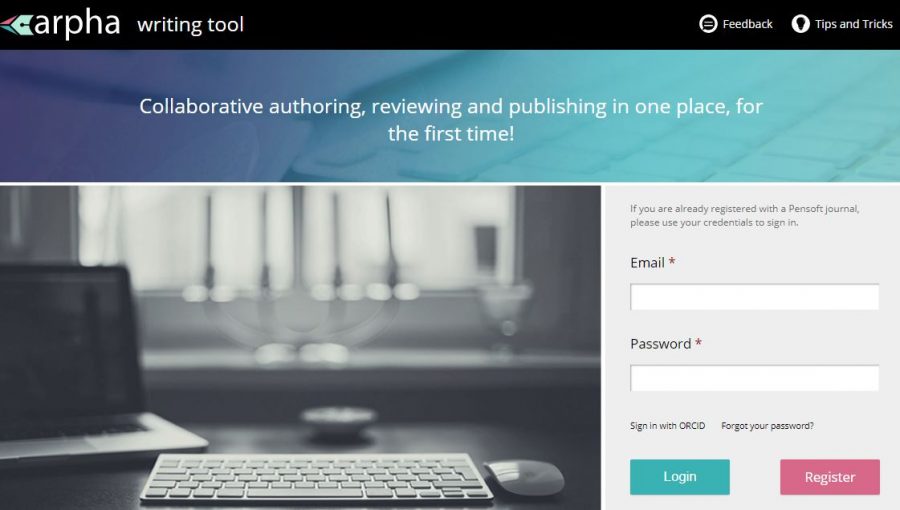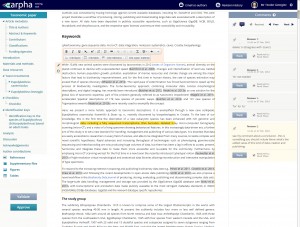Monitoring the progress of your manuscript has never been easier!
The eagerly anticipated Track changes feature is now available in ARPHA Writing Tool to further facilitate collaborative authoring in the five academic journals* which currently make use of the ARPHA-XML publishing workflow.
Having tapped into ARPHA’s users constructive feedback, we have also updated our Revision History feature. Now, not only can authors access any past version, as created by their co-authors and collaborators, but they can also compare any two of these at the click of a button.
Track changes
To let co-authors and collaborators easily see any changes they have made, a user needs to simply switch on the Track changes mode. From now on, each individual author’s input will be highlighted to draw the attention of the next user.

Logically, any newly inserted text will appear in green, while the deleted one will be coloured in red. A hover over a highlighted text will show the user who has made the edit.

To make overseeing even a single edit impossible, ARPHA Writing Tool has made it mandatory for a user to resolve all suggested changes before either submitting the manuscript or switching off the Track changes mode.
Not overlooking any new input, regardless of the length and complexity of a manuscript, is made even easier thanks to the Prev and Next buttons allowing a user to go through the changes one by one.
But what shall you do if you or your co-authors/collaborators happen to forget to switch on the Track changes mode?
Compare Manuscript Versions
Our latest update to the Revision history button lets users compare any two past manuscript versions, so that they can see at a glance what has changed between any two set points in time.
Just like before, clicking the Revision history button delivers a list of all manuscript versions along with the users who have created them in a chronological order. Now, however, a tick box next to each of these allows the user to select any two versions and see all edits that have taken place in between.

Again, newly added text shows in green, while the deleted text is crossed over and appears in red.
Step-by-step instructions on both how to track changes and compare past versions are available in the Tips and Tricks guidelines accessible anytime in the header of the writing tool.

***
*The open access scholarly journals Biodiversity Data Journal, Research Ideas and Outcomes(RIO Journal), One Ecosystem, BioDiscovery and Biodiversity Information Science and Standards (BISS) are all making use of the technologically advanced collaboration-centred ARPHA-XML workflow, which features the signature ARPHA Writing Tool.

